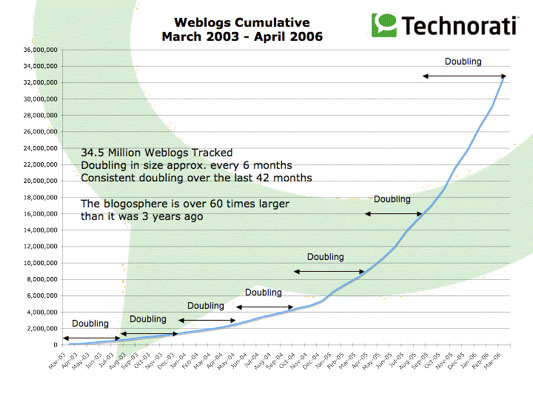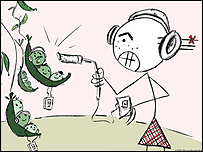 In a paper that is, to some, mundane, there are some interesting comments in the latest McKinsey paper published today.
In a paper that is, to some, mundane, there are some interesting comments in the latest McKinsey paper published today. The paper “When social issues become strategic - Executives ignore sociopolitical debates at their own peril” shows why the role of Public Relations is the core management discipline.
Written by Sheila M. J. Bonini, Lenny T. Mendonca, and Jeremy M. Oppenheim, the most significant part is this sentence:
“Increasingly, a company's sources of long-term value (for example, its brand, talent, and relationships) are affected by a rising tide of expectations among stakeholders about the social role of business.”
Can I extract from this that the Relationship Value Model has entered into the McKensey lexicon? Of course it has. It is inevitable and is the basis of my paper “Towards relationship management: Public relations at the core of organisational development”.
Personally, I would put relationships first because without relationships it is impossible to create a brand or secure talent. Relationships are at the heart of wealth creation. There is no other asset as valueable.
The other out-takes are familiar to anyone who has seen the influence of Social Media at close quarters.
The corporate social contract (now) 'embraces not just direct stakeholders (such as consumers, employees, regulators, and shareholders) but also, and increasingly, a broader set of stakeholders (such as the communities where companies operate, the media, academics, and the nonprofit sector).'
To my mind, this why the Clarity Concept is so important. It is also why stakeholder relationship management and mapping is so important.
The report notes that 'More challenging are the "frontier" issues that have not yet entered the formal or semiformal contracts but could, over time, become social expectations—something that business might not even realize. Take obesity. It had always been widely believed that the responsibility for avoiding it lay with individuals, who choose what they eat, not with the companies that make or sell fattening products. But the blame is shifting, much as the debate around tobacco shifted the responsibility from individuals to an industry perceived to be aggressively marketing addictive products.'
What is so important here is that it puts values are at the heart of relationships?
The report continues: Two forces are colliding: an emerging set of sociopolitical megatrends that are upending the lives of people, communities, and societies, as well as ever-more-powerful stakeholders wielding wide influence.
The case they cite three reasons for adopting a wholeheartedly strategic approach to the sociopolitical agenda.
First, these forces can alter an industry's landscape in fundamental ways.
Second, the immediate financial and longer-term reputational impact of social issues that backfire can be enormous.
Finally, new product or market strategies can emerge from changing social and political forces.
The conclusion is pretty predictable:
Sociopolitical trends will increasingly affect the strategic freedom of companies, which just can't ignore the rising tide of expectations resulting from these trends and the power and influence of the stakeholders who mobilize around them. For stakeholders, companies are, in many ways, already agents of social change and must become much more deliberate in understanding the way they affect society. Businesses that follow the approach we outline and proactively understand and engage with social issues will benefit most. They will be better able to shape the social contract and to identify ways of creating value from the opportunities and risks arising from sociopolitical issues.
All this sounds to me like basic Public Relations which suggests that Public Relations is a core management function.
Picture: Asger Jorn In the beginning was the image 1965
Public Relations is a core management function.



















